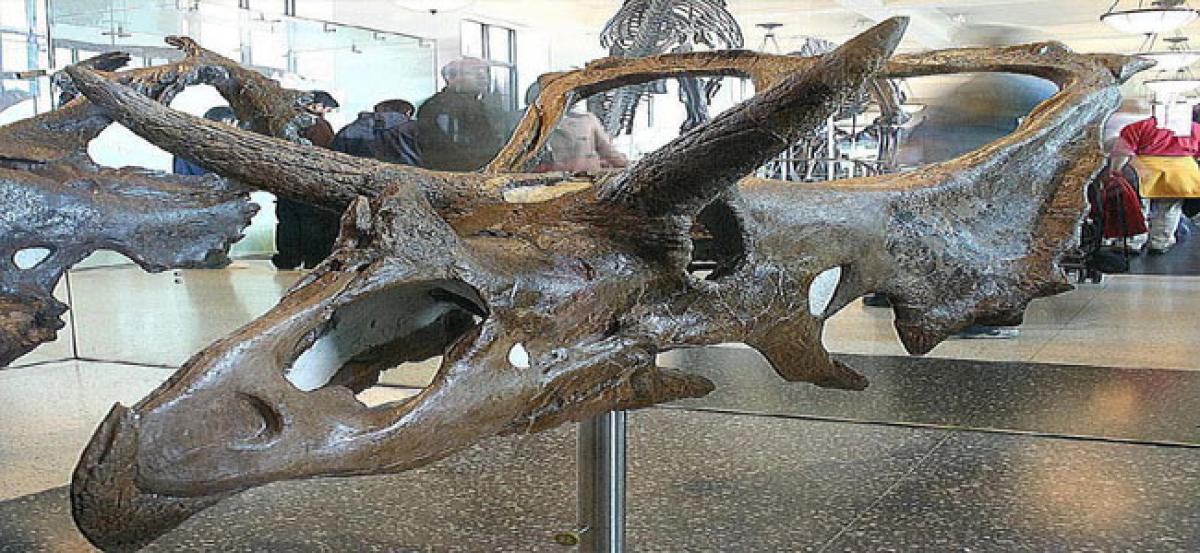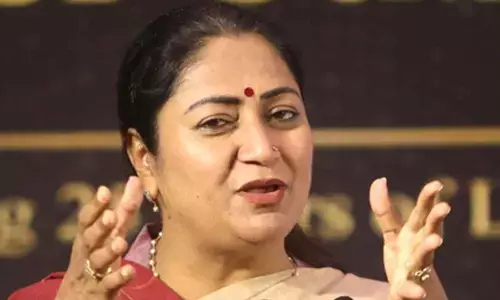‘Dinosaurs evolved frills and horns to attract mates’

The elaborate frills and horns of a group of dinosaurs including Triceratops and Styracosaurus might have evolved to attract mates, not as a mechanism to recognise each other as earlier believed, says a study.
London:The elaborate frills and horns of a group of dinosaurs including Triceratops and Styracosaurus might have evolved to attract mates, not as a mechanism to recognise each other as earlier believed, says a study.
It has been suggested that different species that live in the same location may evolve features in order to distinguish one another to help avoid problems such as hybridisation, where two individuals of different species produce infertile or unfit offspring.
To test this hypothesis the researchers from Queen Mary University of London examined patterns of diversity in the ornamentation of 46 species of ceratopsians, the horned dinosaurs, but found no difference between species that lived together and those that lived separately. A previous research paper from the same university found that the frill in one ceratopsian species, Protoceratops, may have evolved under sexual selection.
The new findings, published in the journal Proceedings of the Royal Society B, appear to add evidence to this across the entire group. "If sexual selection is indeed the driver of ornament evolution in ceratopsians, as we are increasingly confident it is, demonstrating it through different lines of evidence can provide a crucial window into tracing its effects over potentially huge time-scales," said lead author of the new study Andrew Knapp.'
Selection makes many organisms evolve different attributes for sex. For example, peacocks maintain elaborate tails and fruit flies perform dances. The researchers also found evidence that ornamental traits seemed to evolve at a much faster rate than other traits.














